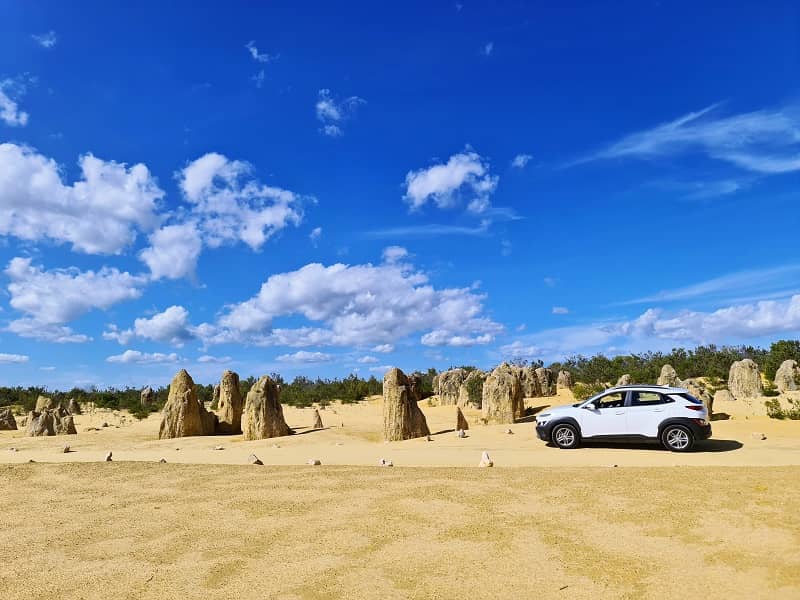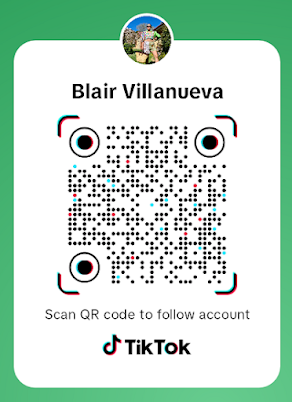If you want to feel a glimpse of being on another planet with Star Wars appeal, I bet you will appreciate the unique beauty of The Pinnacles Desert.
Located at the southern gateway to Australia's Coral Coast, along the Indian Ocean Drive, the Pinnacles Desert of Nambung National Park is one of the major natural attractions in the region and is Western Australia's most visited attraction.
The park is located roughly 200km, or 2 hours drive north of Perth and covers an area of 17,487 hectares providing a natural habitat for an extensive array of native animals and bird life.
History of The Pinnacles Desert
The Pinnacles are amazing natural limestone structures, formed approximately 25,000 to 30,000 years ago after the sea receded and left deposits of seashells. Over time, coastal winds removed the surrounding sand, leaving the pillars exposed to the elements. The Pinnacles range in height and dimension - some stand as high as 3.5m!
Aboriginal Background
The Aboriginal people of this region are referred to as Nyoongar ( Nyungar, Noongar) and the Nambung National Park itself belongs to the people of the Yuat and Wajuk language groups, The name 'Nambung' is an Aboriginals word meaning 'crooked', and this refers to the river which flows throughout the park in winter.
This area was important to the semi-nomadic Aboriginal tribes because of the water. They would come to this place when the seasonal Nambung River made a chain of waterholes through part of the park. The water then disappears into a cave system, and these waterholes and caves were essential to the survival of Aboriginal life.
There are many myths about this sacred place and it was said that Aboriginal people avoid the Pinnacles as they thought the standing stones were fossilized ghosts.
According to an Aboriginal legend, in ancient times some young men used to walk along a desert path to this sacred place reserved for women. The gods, to punish them, buried them alive. As death approached the young men asked for forgiveness from the gods. They brandished their weapons through the sand, and are now stuck forever in the form of limestone spikes.
In fact, for thousands of years, the area has been a sacred place for Indigenous women and 'women's business' as the Aborigines call it. Women gathered at this place to camp, give birth, hold ceremonies and forage for food.
Geology Description
Excavations in the park suggest that the Pinnacles desert was created within the last 80,000 years and covers an area of approximately 190 hectares. The raw material for the limestone from which the Pinnacles are formed came from seashells from the nearby ocean. These shells were broken down into lime-rich sands that were blown inland to form the dunes.
Unique circumstances produced the pinnacles. Rains fell on the dunes, leaching through the sand with calcium that solidified the lower levels of the dune into the soft limestone. On top of the dune a layer of soil formed which allowed plants to grow, and this further cemented the limestone below. Gradually the lowest layer of soil between the surface and the limestone formed into a hard cap. Roots from the plants found cracks and grew down into the hard cap and limestone breaking them up. Drier weather eroded the topsoil and gradually the pinnacles we can see today were exposed.
Best time to visit
You can visit Nambung National Park and the Pinnacles Desert at any time, however, visitors are expected to have left the park by 9pm.
The best time to visit the Pinnacles is from August to October. At this time of year, the weather is mild and an abundance of wildflowers bloom bringing spectacular color to the desert landscape.
You can also visit The Pinnacles Desert during the summer season, however, expect the scorching heatwave.
Entry Fee
There is a National Park Entry Fee to Nambung National Park, which contributes to park management, the protection of the environment, and the development and maintenance of visitor services and facilities. The fee is $15.00 per private vehicle, carrying up to 12 occupants.
How to get there?
From Perth drive north along Wanneroo Road, which will turn into Indian Ocean Drive, and turn right at the sign for the Pinnacles. Alternatively, from Perth drive north along Brand Highway and turn left at the sign to Cervantes; from Cervantes, head south two kilometers and turn left at the sign for the Pinnacles. The drive time is approximately 2 hours.
Other additional tips and reminders (dos and don’ts)
Just like any travel dos and don’ts, avoid littering. Vandalism is a crime, especially in this sacred national park, so don’t ever leave your marks behind. You can take photos, and videos, and enjoy the view as long as you like while giving respect to nature’s peaceful beauty, including the wildlife that you will surprisingly encounter.
































What an interesting desert to visit! I haven't been to Australia and would love to check out some of the local sights.
ReplyDeleteIt's simply amazing how nature works, doesn't it? We went to something with almost the same "geological" history -- seashells and sea rocks from by the splashing waves. They call it Kapurpurawan Rock Formation in Ilocos.
ReplyDeleteWow, this was very interesting to read and the history behind it was fascinating! I love your images!
ReplyDeleteI like the star wars vibes that this palce gives. Free places like this are all worth it!
ReplyDeleteAaahhhh....this is my first time seeing this desert! I am glad it has history with the Aboriginal community!
ReplyDeleteI have always wanted to visit Australia and it's on my bucket list for sure! This Pinnacles desert in western Australia sounds fascinating. When I was in 1st grade, I got a book from a book fair about aborigines, and I loved it. I'd love to learn more. Thanks for sharing this great destination.
ReplyDeleteThe Pinnacles Desert in Western Australia is an amazing place to explore and experience. It's full of otherworldly rock formations, gorgeous sand dunes, and is home to a variety of unique wildlife. It's a truly special place that never fails to amaze and inspire. Can't wait to visit
ReplyDeleteWhat a travelogue. I must say the place is too beautiful to visit.
ReplyDeletexoxo
Monidipa
This places looks so awesome, adding to my bucket list!
ReplyDelete